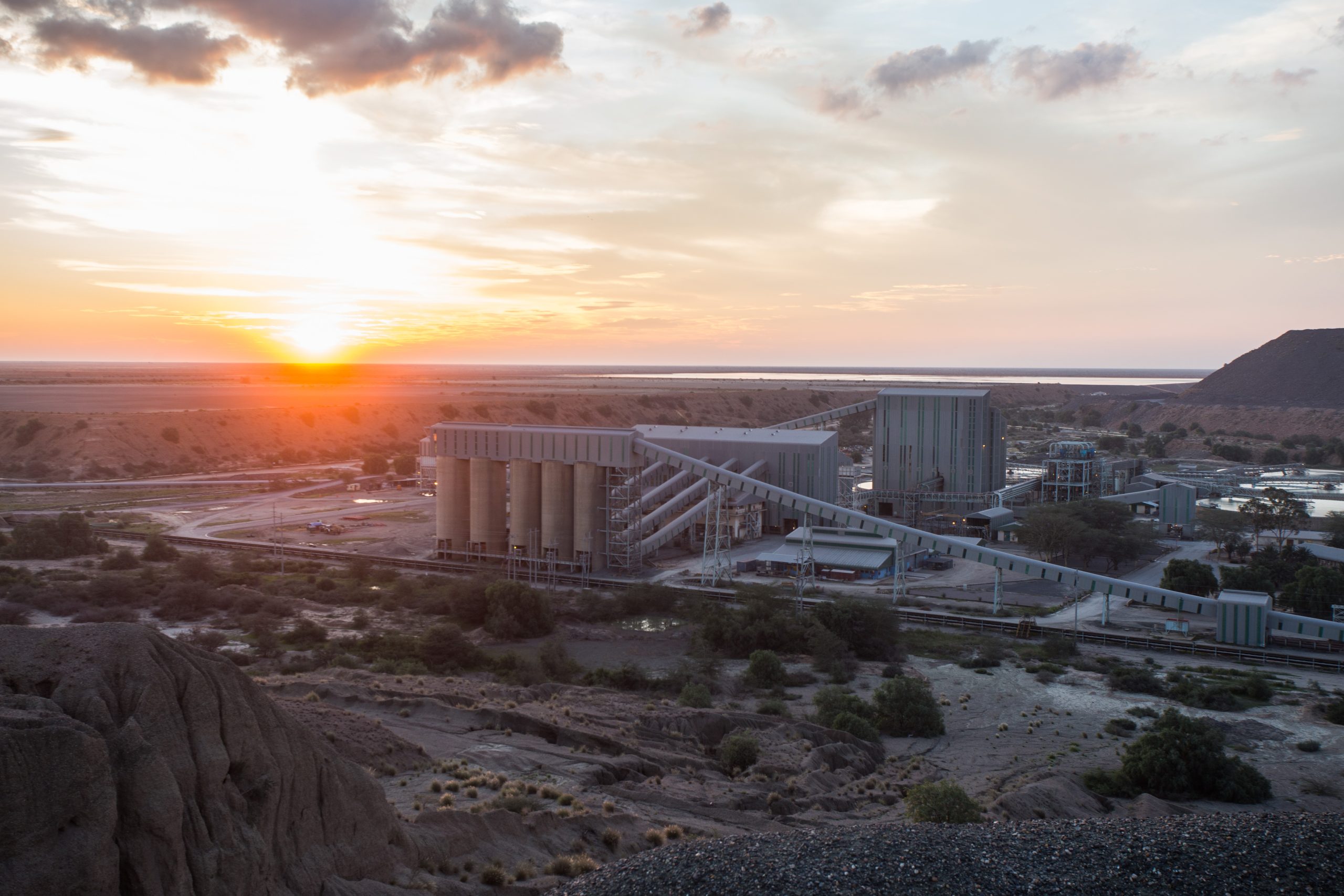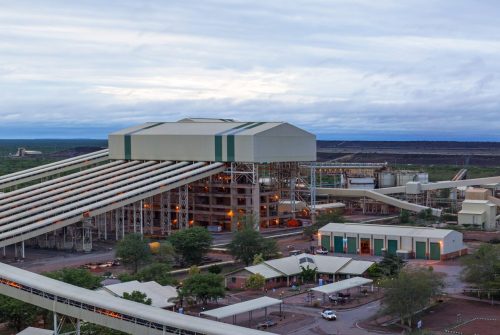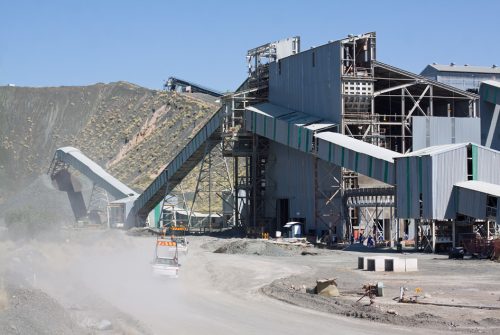Debswana Diamond Company (Pty) Limited (Debswana) was established in 1969 and is one of the world’s foremost diamond producer by value and volume. The company operates four diamond mines; Jwaneng, Orapa, Letlhakane and Damtshaa Mines (the latter three are grouped under the acronym OLDM) and has a Corporate Centre in Gaborone
We’re passionate about conducting business in a manner that positively impacts our people and the environment.
Our operations are guided by a commitment to safety, environmental stewardship, community engagement, and ethical business practices.



Our current Citizen Economic Empowerment Programme (CEEP) was implemented as part of our ODOT 2024 strategy to drive empowerment through Debswana Supply Chain by achieving step change in our CEEP performance.
Debswana has taken great care over the years to guarantee that the people of Botswana benefit from the mineral revenues. In order to do this, the nation benefits from well-designed beneficiation programmes and initiatives, which have had a major positive influence on Batswana’s quality of life
Debswana is proud to be on SAP Ariba, the world’s largest business network that connects more than 3.3 million companies in more than 190 countries, containing more than 20.000 product and service categories. Through this platform, we’re making it easier for our suppliers to conduct business with us.
Debswana has over the years generated a wealth of knowledge, and we understand that this is of great value to our stakeholders. We are therefore deliberate about coding this knowledge in publications and making it available to you.
Want to read to our news letters, follow the button below.

Powered by Debswana © 2024